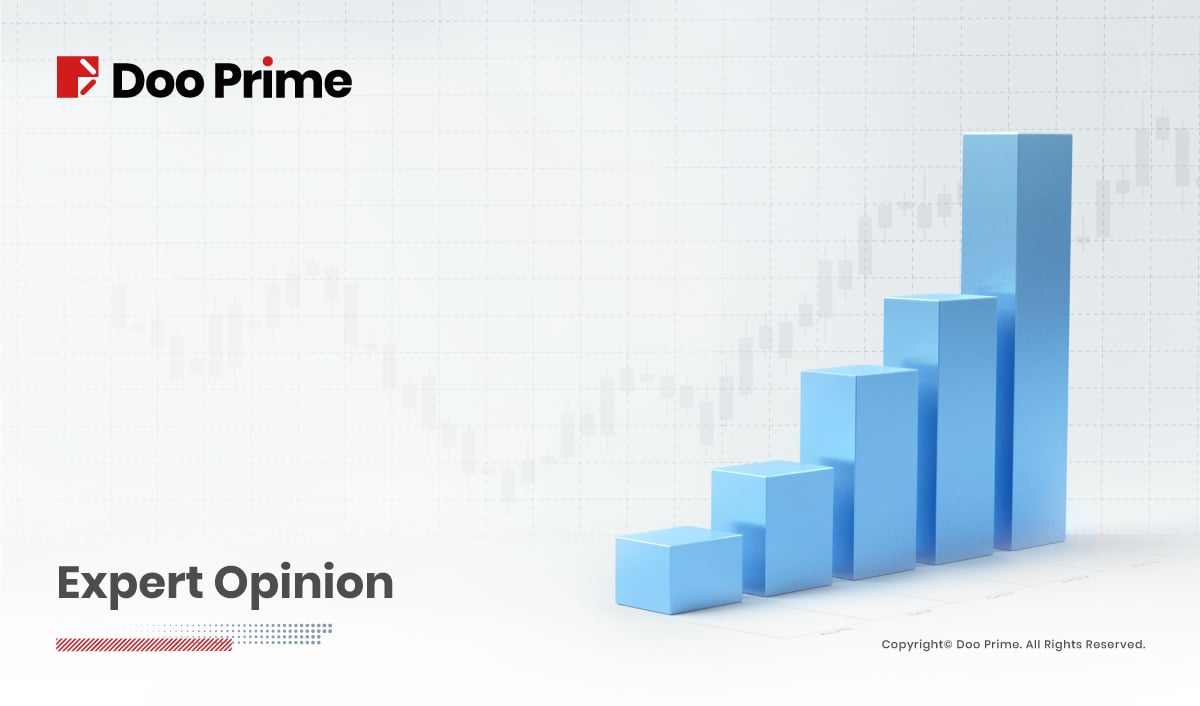
U.S. stocks closed mostly lower on Friday, September 29th, 2023, with the Nasdaq just edging out slight gains.
This occurred after spending most of the day in positive territory following the release of U.S. Core PCE price data, which showed the smallest monthly increase since late 2020.
According to the Bureau of Economic Analysis report released on Friday, the core personal consumption expenditures price index, which excludes the volatile food and energy components, climbed 0.1% in August.
This index is a key gauge of service costs closely monitored by the Federal Reserve.
Bond prices rallied, causing yields on the benchmark 10-year Treasury to drop to around 4.51 after the data was published.
However, the bond and stock rally proved short-lived as the market’s attention shifted towards the ongoing autoworkers’ strike, a potential government shutdown, and soaring energy prices.
September 2023 turned out to be the worst month for the S&P this year and the worst quarter since September 2022.
For the week, the Dow declined by 1.34%, the S&P by 0.74%, and the Nasdaq managed a 0.06% gain.
Over the course of the month, the Dow fell by 3.82%, the S&P by 5.04%, and the Nasdaq by 5.79%.
Here are the closing levels on Friday, September 29th, 2023:
| Last | Change | %Change | |
| DOW JONES | 33507.50 | -158.84 | 0.47% |
| S&P 500 | 4288.05 | -11.65 | -0.27% |
| NASDAQ | 13219.32 | +18.04 | +0.14% |
| U.S. 10Y | 4.5711% | ||
| VIX | 17.52 | +0.18 | +1.04% |
At one point, it seemed that the PCE data might help reverse the recent selling trend, as it was a very favorable number that could potentially dissuade the Fed from raising interest rates further.
This sentiment was reinforced by New York Fed President John Williams’ statement that the Fed might halt interest rate hikes. It was expected that these factors would trigger a significant and sustained rally.
However, that was not the case, and it raised some questions:
- Where are the dip buyers?
- Has FOMO (Fear of Missing Out) disappeared?
- Is the market finally acknowledging that higher interest rates are here to stay in the immediate future?
It is possible that this situation is driven by technical factors, as we are now trading below the 100-day moving average and approaching the 200-day moving average for the S&P. A breach of the 200-day moving average could be a dire sign.
Regardless of the reasons, Friday’s price action was predominantly negative, suggesting that there might be more downside in the near term.
The prospect of high interest rates escalating due to a government shutdown, coupled with bond sell-offs if the government fails to meet its debt obligations, is concerning. High interest rates were cited as a primary factor behind the recent selloff.
Furthermore, tech valuations are coming under scrutiny, and the enthusiasm surrounding AI is waning. These developments could be detrimental to the tech sector moving forward. Given that tech has been the driving force behind the market’s performance this year, it’s plausible that it will also lead the selloff.
Source: CBOE, Bloomberg
This commentary is written by James Gomes, a seasoned finance industry veteran with extensive experience of over 30 years, including a substantial tenure at a reputable U.S. bank exceeding 20 years.
Risk Disclosure
Trading in financial instruments involves high risks due to the fluctuation in the value and prices of the underlying financial instruments. Due to the adverse and unpredictable market movements, large losses exceeding the investor’s initial investment could incur within a short period of time. The past performance of a financial instrument is not an indication of its future performance. Investments in certain services should be made on margin or leverage, where relatively small movements in trading prices may have a disproportionately large impact on the client’s investment and the client should therefore be prepared to suffer significant losses when using such trading facilities.
Please ensure you read and fully understand the trading risks of the respective financial instrument before engaging in any transaction with Doo Prime’s trading platforms. You should seek independent professional advice if you do not understand any of the risks disclosed by us herein or any risk associated with the trade and investment of financial instruments. Please refer to Doo Prime’s Client Agreement and Risk Disclosure Statement to learn more.
[Disclaimer]
This information is addressed to the general public solely for information purposes and should not be taken as investment advice, recommendation, offer, or solicitation to buy or sell any financial instrument. The information displayed herein has been prepared without any reference or consideration to any particular recipient’s investment objectives or financial situation. Any references to the past performance of a financial instrument, index, or a packaged investment product shall not be taken as a reliable indicator of its future performance. Doo Prime and its holding company, affiliates, subsidiaries, associated companies, partners, and their respective employees, as well as managers, make no representation or warranties to the information displayed and Doo Prime and its holding company, affiliates, subsidiaries, associated companies, partners and their respective employees, as well as managers, shall not be liable for any direct, indirect, special or consequential loss or damages incurred a result of any inaccuracies or incompleteness of the information provided. Doo Prime and its holding company, affiliates, subsidiaries, associated companies, partners, and their respective employees, as well as managers, shall not be liable for any direct, indirect, special, or consequential loss or damages incurred as a result of any direct or indirect trading risks, profit, or loss arising from any individual’s or client’s investment.

